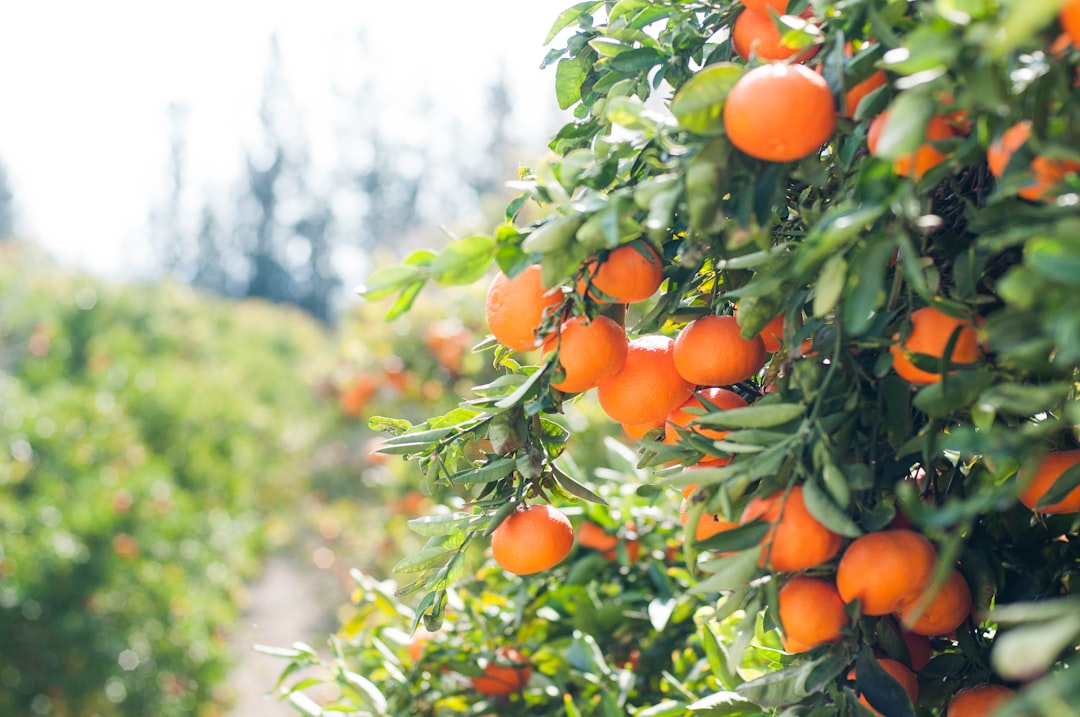Planting fruit trees is a rewarding endeavor, but their long-term success depends largely on where you plant them. The right location can mean the difference between a thriving, productive tree and one that struggles to survive. Before you start digging, it's important to consider three key factors: sunlight, soil, and drainage.
1. Sunlight: The Key to Fruit Production
Fruit trees need plenty of sunlight to produce healthy, abundant fruit. Without enough light, trees may grow weak and produce fewer or lower-quality fruits.
How Much Sunlight Do Fruit Trees Need?
☀ Full Sun (6-8+ hours/day) – Most fruit trees, including apples, peaches, plums, and citrus, thrive in full sun.
🌤 Partial Sun (4-6 hours/day) – Some shade-tolerant varieties, such as pawpaws, elderberries, and some fig varieties, can handle less light but will still produce better in sunnier spots.
🌑 Too Little Sun (<4 hours/day) – Avoid planting fruit trees in heavily shaded areas, as they will struggle to flower and set fruit.
Sunlight Tips:
-
Choose a spot that receives direct sunlight for most of the day, ideally morning sun to help dry off dew and prevent fungal diseases.
-
Avoid planting trees too close to buildings, fences, or large trees that cast shade.
2. Soil: The Foundation of Healthy Trees
Soil quality plays a crucial role in tree growth, nutrient uptake, and fruit production. Most fruit trees thrive in well-draining, loamy soil with a balanced pH.
Soil Requirements for Fruit Trees
✔ Loamy Soil – A mix of sand, silt, and clay provides good drainage and nutrients.
✔ pH Level: 6.0 – 7.0 – Most fruit trees prefer slightly acidic to neutral soil.
✔ Rich in Organic Matter – Compost or well-rotted manure improves fertility.
Testing and Improving Soil
-
Conduct a Soil Test – Test pH and nutrient levels before planting (kits available at garden centers or through agricultural extensions).
-
Amend Clay Soil – Mix in compost, sand, or perlite to improve drainage.
-
Enhance Sandy Soil – Add organic matter to retain moisture and nutrients.
-
Adjust pH – Add lime to raise pH (reduce acidity) or sulfur to lower pH (increase acidity).
3. Drainage: Preventing Root Rot
Poor drainage is one of the biggest killers of fruit trees. Standing water around the roots can lead to root rot, fungal diseases, and weak growth.
How to Test Drainage
-
Dig a hole about 12 inches deep and fill it with water.
-
Wait 24 hours – If water is still sitting in the hole, drainage is poor.
Improving Drainage
✅ Plant on Raised Mounds – Elevate the planting site by creating a raised bed or mound.
✅ Add Organic Matter – Compost and mulch improve soil structure and water retention without waterlogging.
✅ Avoid Low-Lying Areas – Plant trees on higher ground to prevent water accumulation.
✅ Use Well-Draining Rootstocks – Some rootstocks are more tolerant of wet soil conditions than others.
Other Considerations When Selecting a Location
Spacing & Airflow
🍏 Proper spacing prevents competition for nutrients and improves air circulation, reducing disease risk.
-
Standard trees: 15-20 feet apart
-
Semi-dwarf trees: 10-15 feet apart
-
Dwarf trees: 6-10 feet apart
Protection from Wind & Frost
🌬 Strong winds can break branches and dry out trees. Plant trees near a windbreak, such as a fence or hedge, while keeping enough space for sunlight.
❄ Avoid planting in frost pockets (low-lying areas where cold air settles). Choose a slightly elevated location for better temperature regulation.
Final Thoughts
Choosing the right location for your fruit trees is the first step toward a healthy, productive orchard. Prioritize full sun, well-draining soil, and good airflow to give your trees the best chance to thrive. With the right foundation, you'll enjoy fresh, homegrown fruit for years to come!
🌱 Ready to plant?
Would you like tips on planting techniques or tree care? Let me know!

Comments
No comments yet. Be the first to comment!
You must be logged in to comment. Login